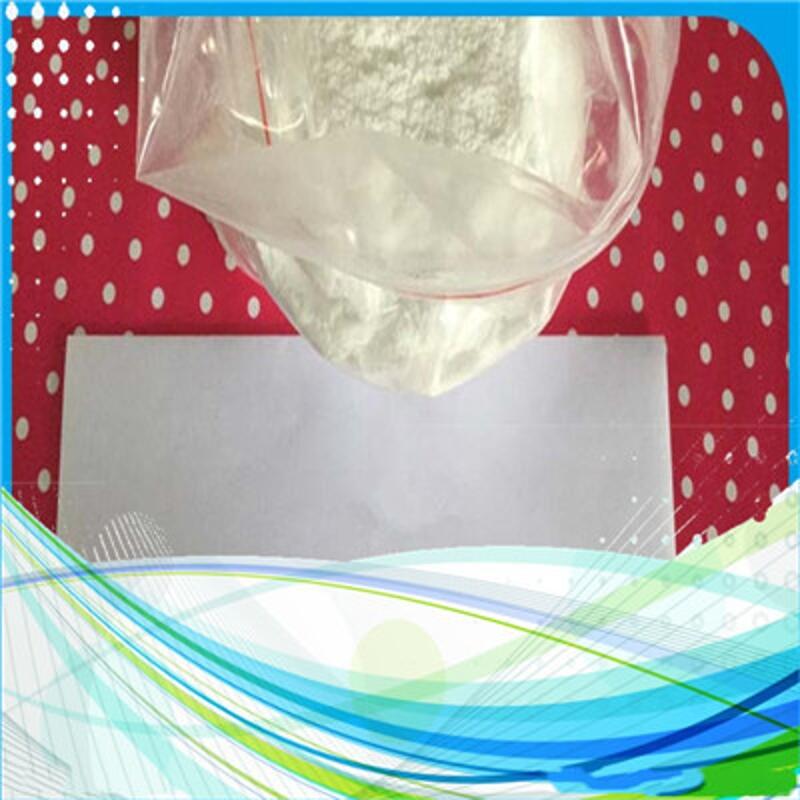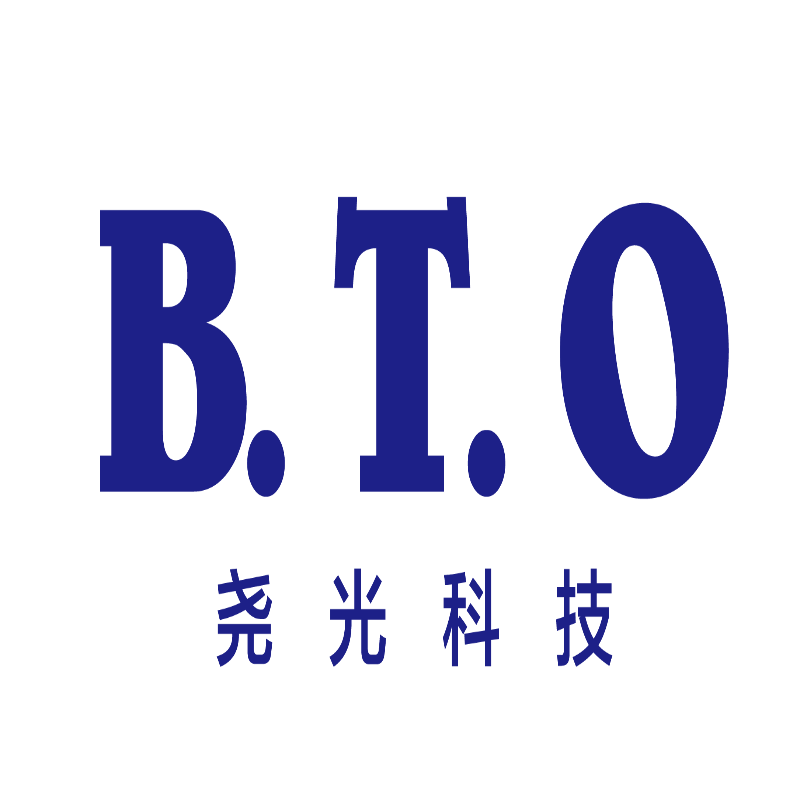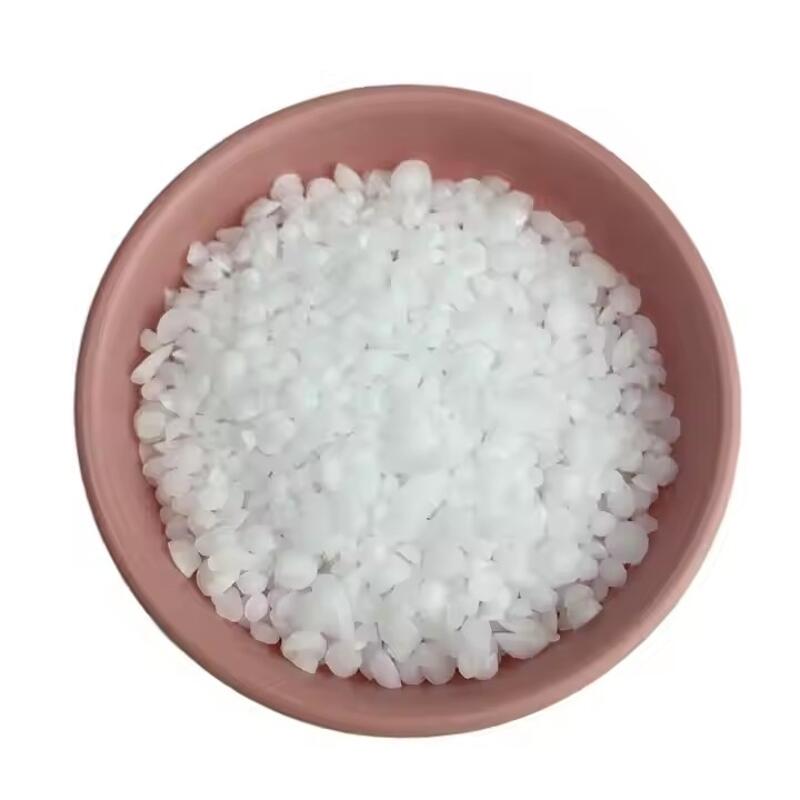-
Categories
-
Pharmaceutical Intermediates
-
Active Pharmaceutical Ingredients
-
Food Additives
- Industrial Coatings
- Agrochemicals
- Dyes and Pigments
- Surfactant
- Flavors and Fragrances
- Chemical Reagents
- Catalyst and Auxiliary
- Natural Products
- Inorganic Chemistry
-
Organic Chemistry
-
Biochemical Engineering
- Analytical Chemistry
-
Cosmetic Ingredient
- Water Treatment Chemical
-
Pharmaceutical Intermediates
Promotion
ECHEMI Mall
Wholesale
Weekly Price
Exhibition
News
-
Trade Service
August 20, 2014 / BIOON/ --The popular non steroidal anti-inflammatory drugs, such as aspirin, naproxen and ibuprofen, all play their roles by inhibiting or killing an enzyme called cyclooxygenase, which can catalyze the production of prostaglandin, a hormone like lipid compound, while prostaglandin is directly related to the pathogenesis of various diseases, such as headache, arthritis, menstrual cramps and injuries Mouth sepsis, etc Recently, it was published in PNAS In a previous research paper, researchers from the University of California said that aspirin may have a second effect, which can not only inhibit the activity of cyclooxygenase and block the production of prostaglandins that cause inflammation and pain, but also promote enzymes to produce compounds that accelerate the end of inflammation, so as to restore the affected cells to health Status Researcher Edward A Dennis said that aspirin can promote cyclooxygenase to produce many related compounds called 15 hete, which can be converted into lipoxin during infection and inflammation, which can help reverse inflammation and restore health In this paper, the researchers studied the white blood cells called macrophages, which are the main immune system defense cells to deal with injury and infection The researchers found that macrophages contain many biochemical tools, which can not only simulate the inflammatory reaction, but also recover the body's health by releasing 15-HETE, and cyclooxygenase will occur with the occurrence of the inflammatory process It is transformed into lipoxin This study provides new ideas and hopes for researchers to develop new anti-inflammatory drugs and therapies based on Lipoxygenase analogues If researchers find methods that can promote the recovery of inflammation, they may be more effective in helping people resist infection doi:10.1073/pnas.1404372111 PMC: PMID:
Phospholipase A2 regulates eicosanoid class switching during inflammasome activation
Edward A Dennis, et al In a new paper, published this week in the online early edition of PNAS, researchers at the University of California, San Diego School of Medicine conclude that aspirin has a second effect: Not only does it kill cyclooxygenase, thus preventing production of the prostaglandins that cause inflammation and pain, it also prompts the enzyme to generate another compound that hastens the end of inflammation, returning the affected cells to homeostatic health "Aspirin causes the cyclooxygenase to make a small amount of a related product called 15-HETE," said senior author Edward A Dennis, PhD, Distinguished Professor of Pharmacology, Chemistry and Biochemistry "During infection and inflammation, the 15-HETE can be converted by a second enzyme into lipoxin, which is known to help reverse inflammation and cause its resolution – a good thing."







